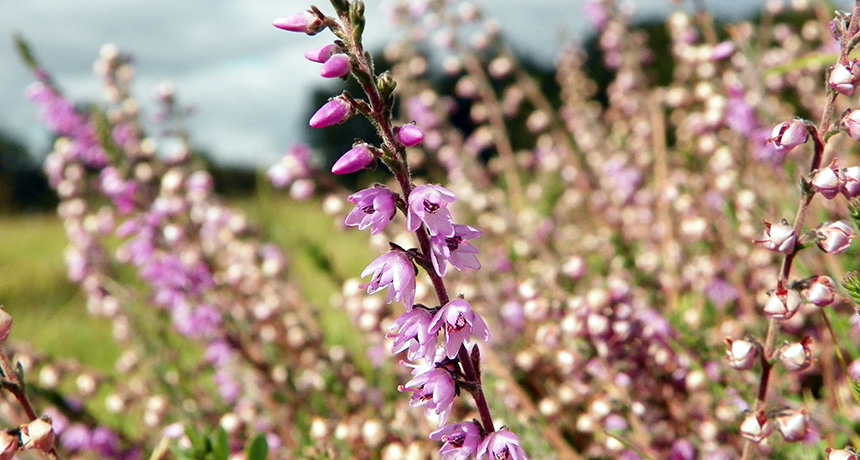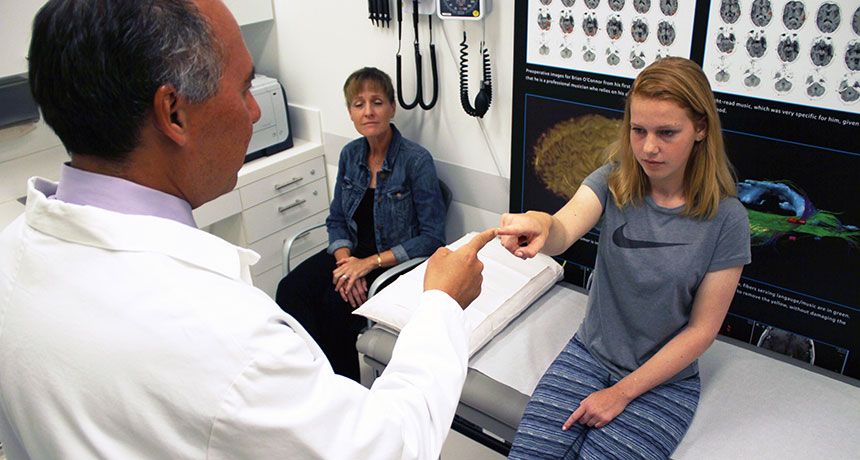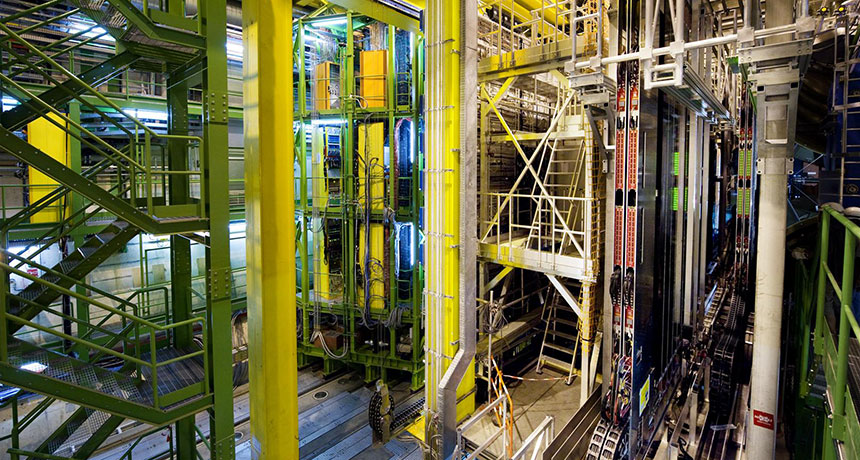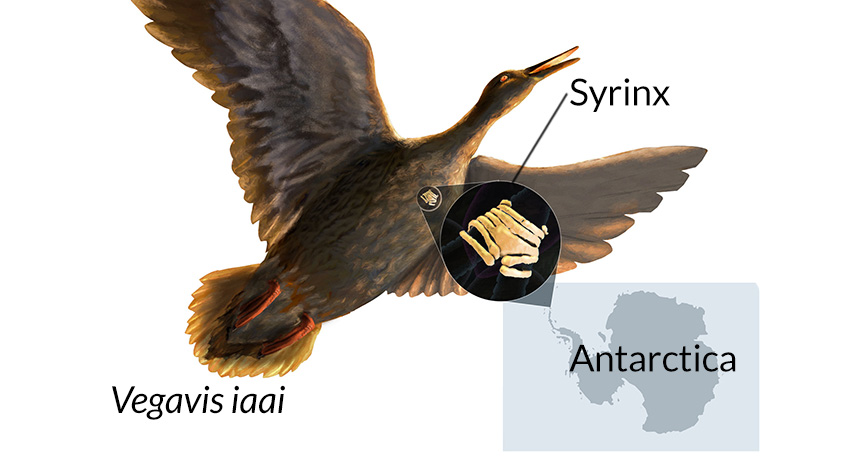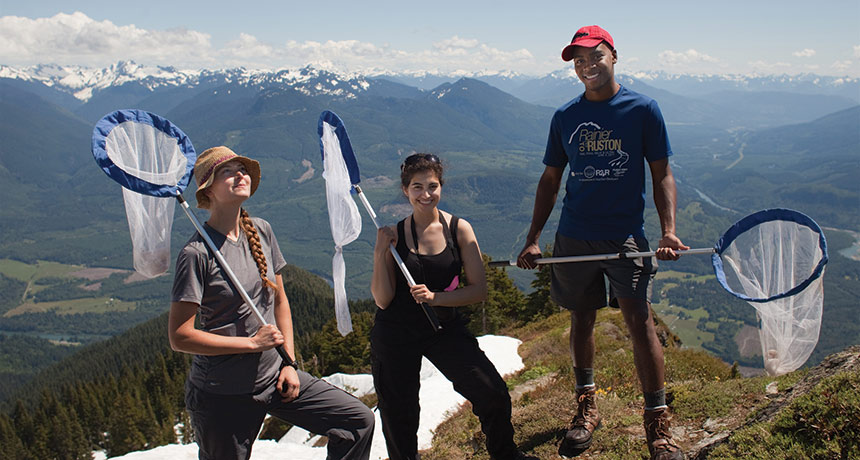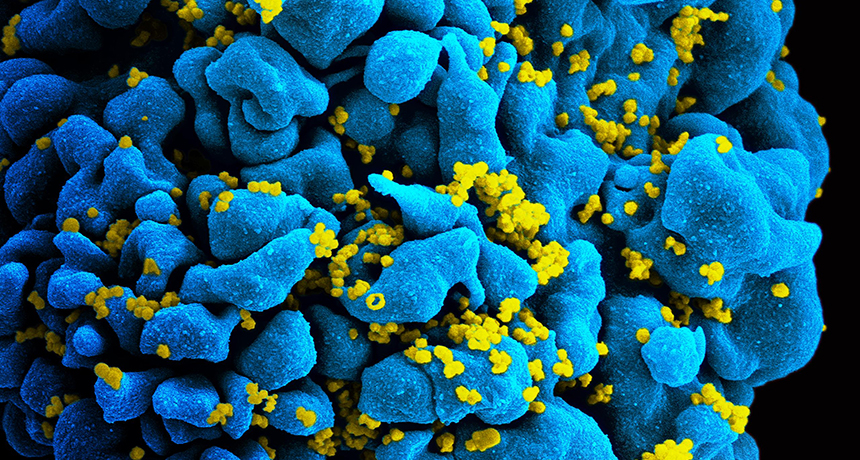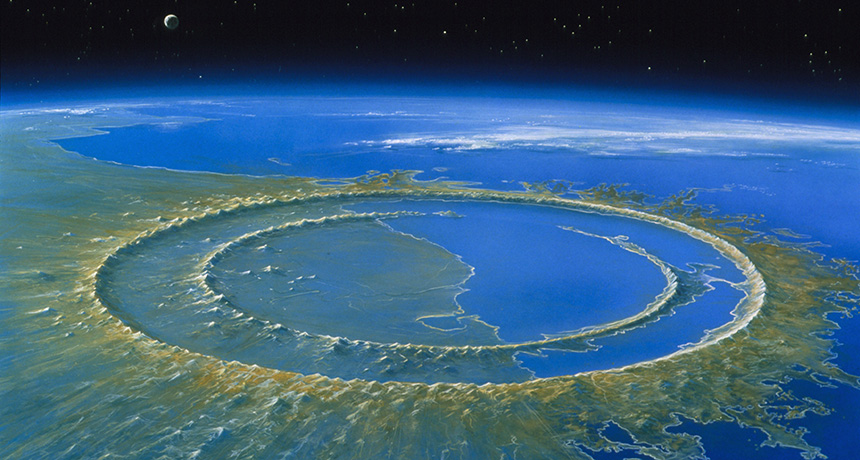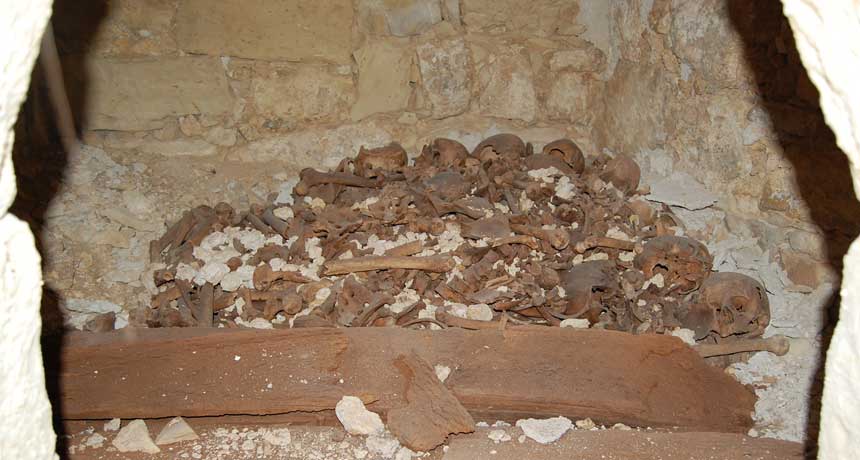Mixing Pokémon Go and driving isn’t safe

Don’t drive and play Pokémon Go.
Catching Pokémon — by flicking cartoon balls at cartoon creatures on the screen of a mobile device — while behind the wheel isn’t safe, a new study suggests. That conclusion is hardly surprising. “Most people would say it’s not a good idea,” says David Strayer, a cognitive neuroscientist at the University of Utah in Salt Lake City not involved in the study. Playing an immersive video game such as Pokémon Go while driving may be even more dangerous than reading a text message while driving, because it pulls attention away from the road longer and with more lasting effects, he says.
Yet alarming numbers of people are doing just that, researchers report online September 16 in JAMA Internal Medicine. A search of Twitter posts that contained “Pokémon” and “driving,” “drives,” “drive” or “car” turned up more than 345,000 tweets during a 10-day period in July. Of those, 113,993 tweets indicated that a driver, passenger or pedestrian was distracted by the augmented-reality game. “This is an incredibly large number,” says study coauthor John Ayers of San Diego State University, and likely an underestimate of the number actually playing the game while driving.
Some 18 percent of those tweets indicated a driver was playing the game; 11 percent came from distracted passengers and 4 percent from pedestrians, Ayers and colleagues found. News reports during that same time period showed that drivers playing Pokémon Go caused 14 car crashes.
Pokémon Go was designed to encourage people to explore their neighborhoods. Scattered PokéStops dispense Pokémon-catching tools, and the virtual creatures pop into existence as a player moves. Players incubate and hatch eggs containing the creatures by covering more ground. Rewards for playing in motion are unique to the game, Ayers says. “When you text, the more you drive or the more you walk you don’t get more messages, but with Pokémon Go, the feedback mechanism fosters dangerous behaviors.”
Passengers trying to “catch them all” may direct drivers to stop, turn or make other dangerous maneuvers, Strayer says. Pedestrians playing the game may walk into traffic.
The game does ask players to confirm they are passengers if it senses too-fast motion. But game makers could build more safety restrictions into the game such as freezing it at driving speeds and keeping it inaccessible for a short while after a car comes to a stop to discourage stoplight play breaks, Ayers suggests.
